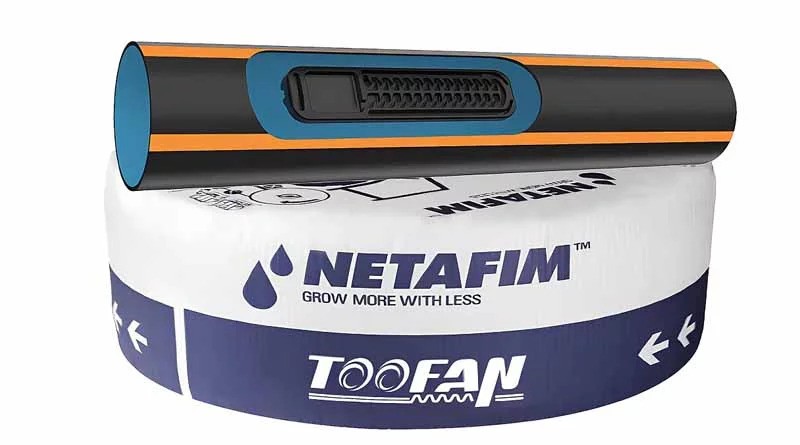Drip Irrigation to Transform Indian Agriculture
India's agricultural sector, often referred to as the backbone of the nation, faces two major challenges during the scorching summer months: a reduced supply of electricity for pump sets and a scarcity of water for irrigation. These challenges, especially for farmers cultivating high-value crops like bananas, sugarcane, cotton, and paddy using groundwater, have led to significant crop losses on numerous occasions.
The primary culprit behind these woes is the frequent load-shedding that leaves farmers unable to supply adequate water to their crops. Fortunately, studies have shown that adopting drip irrigation can offer a promising solution, even in periods of water scarcity and load-shedding.
For example, an acre of sugarcane or banana crop needs only one hour of irrigation through the drip method, compared to the 10-15 hours required using the flood method. This not only conserves water but also significantly reduces the demand for electricity.
While the Indian government has made commendable efforts through various schemes and subsidies, the area under drip irrigation has grown from 70,589 hectares in 1991-92 to an impressive 63.21 lakh hectares in 2020-21. Nevertheless, India's drip-irrigated area accounted for only 6% of the total irrigated area in 2020-21.
The potential of drip irrigation extends far beyond horticultural crops. More than 80 different crops, including cotton, groundnut, sugarcane, banana, and tur, can thrive using this method. The National Mission on Micro Irrigation's Task Force estimated that a whopping 270 lakh hectares of cultivated land in India are suitable for drip irrigation.
One of the driving forces behind the groundwater crisis in India is the cultivation of water-intensive crops like sugarcane, banana, wheat, and vegetables through the flood irrigation method. The number of blocks facing groundwater risk has surged from 1,645 in 2004 to 2,538 in 2020 due to over-exploitation.
To address these challenges and unlock the full potential of drip irrigation, here are some suggestions:
1. Promoting Sugarcane Drip Cultivation: Measures should be taken to gradually transition sugarcane cultivation entirely under drip irrigation with the support of sugarcane mills. This will not only save water but also reduce the electricity load on pump sets.
2. Financial Support: The government should guarantee interest-free bank loans to farmers willing to adopt drip irrigation. Additionally, providing immediate electricity connections for pump sets for those cultivating exclusively through drip irrigation can be a game-changer. This would encourage more farmers to embrace this efficient method.
In conclusion, drip irrigation holds the key to addressing the critical issues of electricity shortages and water scarcity that India's farmers face during the summer.




Comments
Post a Comment